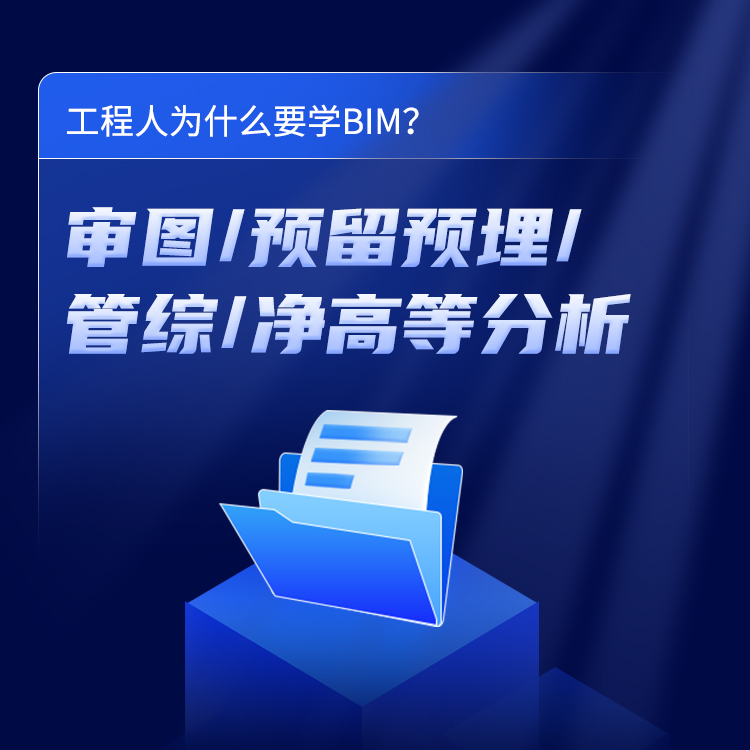【摘要】 近期多项考试受到疫情影响。你知道关于2020翻译考试备考资料:抗击新冠肺炎疫情的相关信息吗?考必过为大家整理了2020翻译考试备考资料:抗击新冠肺炎疫情,一起来看看吧!
四、疫情发展
About COVID-19
1. 新型冠状病毒
新型冠状病毒因2019年病毒性肺炎病例而被发现,是以前从未在人类中发现的冠状病毒新毒株。已知的冠状病毒可引起感冒或中东呼吸综合征(MERS)、严重急性呼吸综合征(SARS)等不同程度的疾病。
2020年2月8日,国家卫生健康委将新型冠状病毒感染的肺炎暂命名为新型冠状病毒肺炎(简称新冠肺炎),并于2月19日发布《新型冠状病毒肺炎诊疗方案(试行第六版)》,指出经呼吸道飞沫和密切接触传播是主要的传播途径,在相对封闭的环境中长时间暴露于高浓度气溶胶情况下中存在经气溶胶传播的可能;以发热、干咳、乏力为主要临床表现,潜伏期为1-14天。目前,针对新冠肺炎尚无可用疫苗。
世界卫生组织1月12日将此种新病毒暂命名为“2019-nCoV”,并于2月11日将新冠肺炎正式命名为“COVID-19”,其中"CO"代表Corona(冠状),"VI"代表Virus(病毒),"D"代表Disease(疾病),"19"代表疾病发现的年份2019年。
Novel Coronavirus
The novel coronavirus, first discovered with a viral pneumonia case in 2019, is a new strain of coronavirus that had never been found in humans before. The coronaviruses already known can cause cold or Middle East Respiratory Syndrome (MERS), Severe Acute Respiratory Syndrome (SARS) and other diseases of varying degrees.
On February 8, 2020, China’s National Health Commission temporarily named the pneumonia infected by the novel coronavirus as “novel coronavirus pneumonia” in Chinese. The commission issued the Guidelines on the Novel Coronavirus-Infected Pneumonia Diagnosis and Treatment (Provisional 6th Edition) on February 19, pointing out that respiratory droplets and close unprotected contacts are the main routes of transmission, and that transmission through aerosols is possible in the case of long-term exposure to high concentration aerosols in a relatively closed environment. The main signs and symptoms of the infected people include fever, dry cough and fatigue, and the incubation period varies from 1 to 14 days. Currently there is no vaccine available against the disease.
The WHO temporarily named the new virus as “2019-nCoV” on January 12, and officially named the pneumonia infected by the virus “COVID-19” on February 11. “CO” stands for corona, “VI” for virus, “D” for disease, and “19” for the year 2019 in which the disease was first discovered.
2. 人传人
自2019年12月31日“不明原因肺炎”由武汉卫生健康委公开披露以来,病毒是否人传人一直没有明确答案。2020年1月20日,新冠肺炎疫情科研攻关专家组组长、国家卫生健康委高级别专家组组长钟南山院士在接受采访时明确表示,此次新冠肺炎存在人传人的现象。这一科学判断让大众对于新冠肺炎疫情有了更深刻、更清晰的认知。自此,全国各地开始采取严格的防控措施。1月21日,世界卫生组织称,最新报告的感染信息表明,可能存在持续人传人。2月18日,钟南山院士在接受采访时提出,为有效阻止病毒人传人,迫切需要解决两个问题:一是正常人和病人分开,二是新冠肺炎病人和流感病人分开。
Human-to-Human Transmission
After the disclosure of “pneumonia caused by unknown reasons” by Wuhan Municipal Health Commission on December 31, 2019, there had been no clear answer to whether the virus could be transmitted from human to human until January 20, 2020. On that day Academician Zhong Nanshan, who heads China’s COVID-19 Expert Team and the High-level Expert Group of the NHC, made it clear in an interview that there was a phenomenon of human-to-human transmission for the novel coronavirus. This scientific judgment has given the public a deeper and clearer understanding of the disease. Since then, strict prevention and control measures have been enforced throughout the country.
On January 21, the WHO stated that the latest reported infection information suggested persistent human-to-human transmission. In an interview on February 18, Zhong Nanshan pointed out that to effectively stop human-to-human transmission of the virus, there must be separation of healthy people from the infected, and separation of COVID-19 patients from flu patients.
3. 国际关注的突发公共卫生事件
2020年1月30日,世界卫生组织总干事谭德塞在日内瓦召开新闻发布会,宣布新冠病毒疫情为国际关注的突发公共卫生事件。《国际卫生条例(2005)》规定,国际关注的突发公共卫生事件是指通过疾病的国际传播构成对其它国家的公共卫生风险并可能需要采取协调一致的国际应对措施的不同寻常的事件。在某种疫情被宣布为国际关注的突发公共卫生事件后,各成员国均负有作出迅速反应的法律责任。
谭德塞表示,为中国领导层和中国人民抗击疫情的决心感到震撼,中国采取了超常规的有力措施,在很多方面为应对疫情作出了榜样。他十分赞赏中国在应对疫情方面展现出的高透明度,强调世卫组织相信中国的疫情一定能够得到遏制,不赞成甚至反对对中国采取旅行或贸易禁令。
自《国际卫生条例(2005)》生效以来,世界卫生组织共宣布了六次国际关注的突发公共卫生事件:2009年甲型H1N1流感疫情,2014年埃博拉疫情,2014年野生型脊髓灰质炎疫情,2016年寨卡病毒疫情,2019年埃博拉疫情和2020年新冠肺炎疫情。
Public Health Emergency of International Concern
On January 30, 2020, WHO Director-General Tedros Adhanom Ghebreyesus declared in Geneva the novel coronavirus outbreak a “public health emergency of international concern.”
According to the International Health Regulations (IHR) (2005), a public health emergency of international concern is an unusual event that poses public health risk to other countries through international spread of the disease and may require a coordinated international response. After an epidemic has been declared a public health emergency of international concern, member states of the WHO all have the legal responsibility to respond quickly.
Dr. Tedros Adhanom Ghebreyesus said that he was impressed by the mobilization of the Chinese leadership and the Chinese people to fight against the epidemic, noting that China has taken extraordinary measures to contain the outbreak and is actually setting a new standard for outbreak response. He highly appreciated China’s commitment to transparency and to protecting the world’s people, and stressed that the WHO believed that China’s epidemic could be contained and doesn’t recommend and actually opposes any restrictions for travel and trade or other measures against China.
Since the entry into force of the IHR (2005), the WHO has announced six public health emergencies of international concern: the 2009 H1N1 pandemic, the 2014 Ebola epidemic, the 2014 wild poliovirus epidemic, the 2016 Zika virus epidemic, the 2019 Ebola epidemic, and the ongoing COVID-19 epidemic.
以上就是关于2020翻译考试备考资料:抗击新冠肺炎疫情的详细内容,希望本篇文章对大家有所帮助。虽然考试受到影响,但是考生们不能因此懈怠。我们将根据疫情防控的进展情况,动态更新并通知考试的报名和考试安排,更多资讯关注考必过网站。
